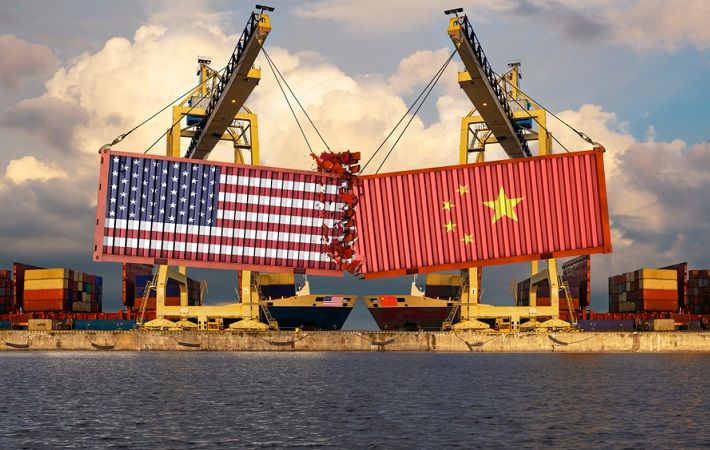US-China trade war continues to impact textile industry

However, due to the COVID-19 pandemic, the US government gave exclusions on some Chinese products, including textiles and apparel, which have now been extended till March 31, 2021.
Meanwhile, the Chinese government has reduced sliding tariffs on cotton cargoes imported under additional quotas. It has increased the number of products with lower than MFN tariffs and imported under temporary import tariffs from 859 earlier to 883 from January 1, 2021. The lower sliding tariffs would reduce the cost of importing cotton fibre into China, according to Fibre2Fashion's market analysis tool TexPro.
On the other hand, the US residents and businesses have received more than $72 billion in additional tariffs on products after the China 301 tariffs were put into place. It affected the money in the pockets of US residents, less speed of US manufacturing, and decreased competitiveness for American businesses.
Click here to read the complete article on US-China trade tariff impacts on textiles and apparel industry.
Fibre2Fashion News Desk (RKS)
































-Ltd..jpg?tr=w-120,h-60,c-at_max,cm-pad_resize,bg-ffffff)





.jpg?tr=w-120,h-60,c-at_max,cm-pad_resize,bg-ffffff)
.jpg?tr=w-120,h-60,c-at_max,cm-pad_resize,bg-ffffff)






